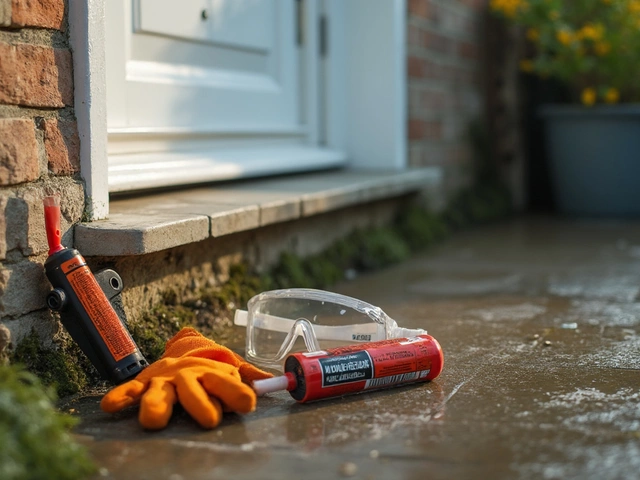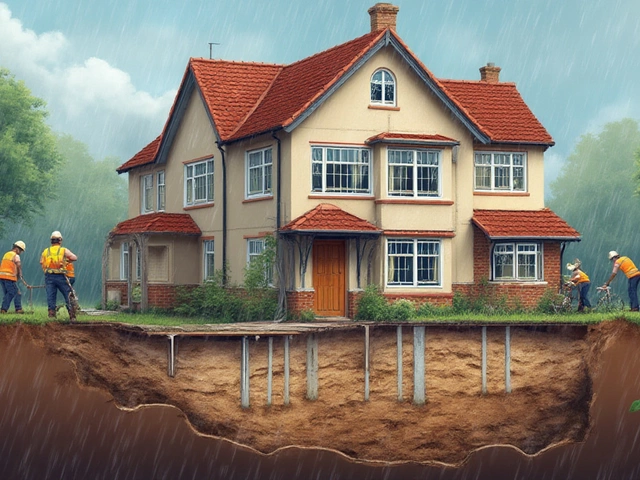Repair Tips: Simple Steps to Fix Foundations, Roofs, and More
If you’ve spotted a crack in your wall or a leak in the roof, you’re probably wondering where to start. The good news is most repairs don’t require a full‑blown construction crew. With the right approach, you can stop the problem, save money, and keep your home safe.
Foundation Repair – When to DIY and When to Call a Pro
Small hairline cracks in a slab or basement wall are often caused by normal settling. A quick sealant or epoxy injection can stop water from sneaking in. All you need is a clean surface, a crack‑filling kit, and a steady hand. If the crack is wider than a quarter‑inch, or if you see doors sticking, bowing walls, or uneven floors, it’s time to call a structural engineer. Ignoring a serious foundation issue can lead to costly settlement later on.
For DIY fixes, start by cleaning the crack with a wire brush, then apply a concrete bonding agent. Follow up with a polymer‑based filler, smooth it out, and let it cure for 24‑48 hours. The result is a watertight seal that holds until you can arrange a professional assessment if needed.
Roof Repair – Quick Fixes to Keep the Rain Out
Leaky roofs are one of the most common headaches. Before you call a roofer, check the attic for obvious signs: water stains, missing shingles, or loose flashing. A temporary patch using roofing cement and a piece of steel flashing can hold off rain for a few weeks, giving you time to get a proper estimate.
If you feel comfortable working on a ladder, replace any broken shingles by sliding a new piece under the existing rows and nailing it in place. Finish with a coat of roofing sealant to blend the patch. Remember, safety first – wear a harness if the roof is steep, and never work in wet conditions.
When the damage is extensive – multiple missing shingles, sagging decking, or widespread water damage – it’s best to hire a roofing contractor. A professional can assess the underlying structure and recommend a full replacement if needed. This prevents future leaks and protects your home’s insulation.
Across all repairs, using the right material matters. Lime Hillock Construction Material Resources offers high‑quality limestone aggregates, concrete mixes, and drainage solutions that are perfect for both foundation and roofing projects. Their locally sourced products match the regional soil and weather conditions, giving you a longer‑lasting repair.
Before you start any project, write down the exact symptoms you’ve observed and take photos. This helps you explain the issue to a professional and ensures you order the correct materials. A quick budget check – compare the cost of a DIY kit versus a contractor’s quote – can also reveal whether you’re saving or spending more than planned.
In summary, small cracks and leaks are often fixable with a bit of elbow grease and the right products. Bigger problems need expert eyes, especially when structural integrity is at stake. By tackling the easy repairs yourself and knowing when to bring in a pro, you’ll keep your home solid without breaking the bank.
Best Cement for Foundation Repair: What Actually Works?

Confused about which cement is best for fixing your foundation? This article breaks down different cement types, explains what makes one better than the other, and arms you with insider tips for strong, lasting repairs. Discover which products pros use and why. Learn how to avoid common foundation repair slip-ups. Turn shaky ground into peace of mind with actionable advice you won’t get at the hardware store.
read more



